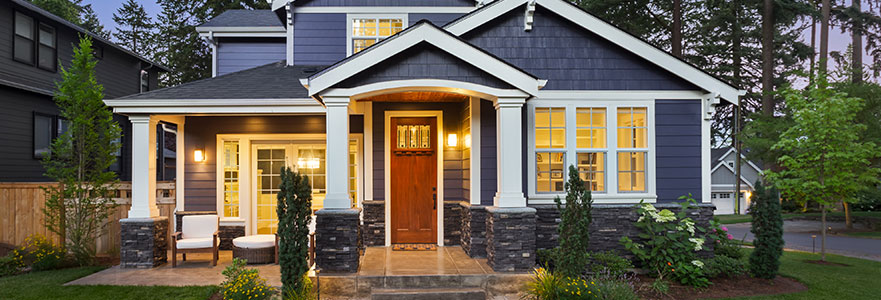Home Security: Identifying Vulnerability in Your House

Your home is your haven, but is it as secure as you think? Every homeowner wants to believe their residence is safe, yet the reality is that most residential properties have security gaps. These vulnerable points in your house could be invitations to intruders if not addressed promptly. In this overview, we’ll walk you through the essential steps to identify and fortify these weaknesses, ensuring peace of mind and safeguarding what matters most—your family.
What is Home Security?
Home security is more than just an alarm system; it’s about understanding and mitigating the risks unique to your living space. By recognizing common vulnerabilities in home structures, you can take proactive measures to enhance your safety. Let’s dive into what makes your house a potential target and how to reinforce these chinks in your armor.
Understanding the Basics of Home Security
Home security is a multi-layered concept designed to thwart opportunistic and premeditated breaches. While typical security measures such as locks, alarms, and lighting are the first line of defense, proper security involves a deeper understanding of how these elements work together to create a safe home environment.
External Assessment of Your Home
Begin with a perimeter walk-around. Scrutinize fences, gates, and outdoor barriers for integrity. Examine windows, external doors, and additional structures like sheds and garages for their resilience against unauthorized entry. Please don’t overlook the role of landscaping and outdoor lighting; they can be your allies or weaknesses.
Internal Vulnerabilities
It’s critical to evaluate the effectiveness of door and window locks, understand the risks associated with sliding doors, and consider the security of basements, attics, and utility entry points. Each type of lock and entryway has its considerations for maximizing safety.
Technology and Home Security
While smart locks and home security systems add a layer of protection, they could be more foolproof. It’s essential to be aware of their vulnerabilities, know the components of your home security system, and understand how to optimize the placement of surveillance cameras to eliminate blind spots.
Behavioral Factors That Impact Security
The routines and patterns we establish, such as work schedules and vacation times, can make our homes more susceptible to breaches. Social engineering tactics also pose a significant threat to home security, making the education and training of family members in best security practices essential.
Regular Maintenance and Security Checks
A house, like any well-oiled machine, requires regular check-ups. Implementing a routine for security checks and maintaining all your security equipment are crucial steps to prevent system failures. Upgrades should also be considered as technological advances emerge.
Professional Security Assessments
Professional security assessments can be invaluable. They provide expert insights into the security of your home, offering tailored advice on strengthening your defense strategies and addressing all vulnerabilities.
Preparing for Incidents
Even with all preventive measures in place, it’s wise to prepare for the worst. Emergency plans, communication strategies, and a clear understanding of legal self-defense rights are components of a comprehensive home security plan.
Secure Your Home With Moore Protection
Acknowledging and addressing the vulnerabilities in your home security is paramount for any homeowner. Take the initiative to inspect, enhance, and regularly update your security practices. Remember, complacency can be the most significant risk of all.
Please don’t wait until it’s too late. Secure your home with the cutting-edge home security services and systems from Moore Protection. Contact us today to learn how we can help you reinforce the safe space you deserve.


